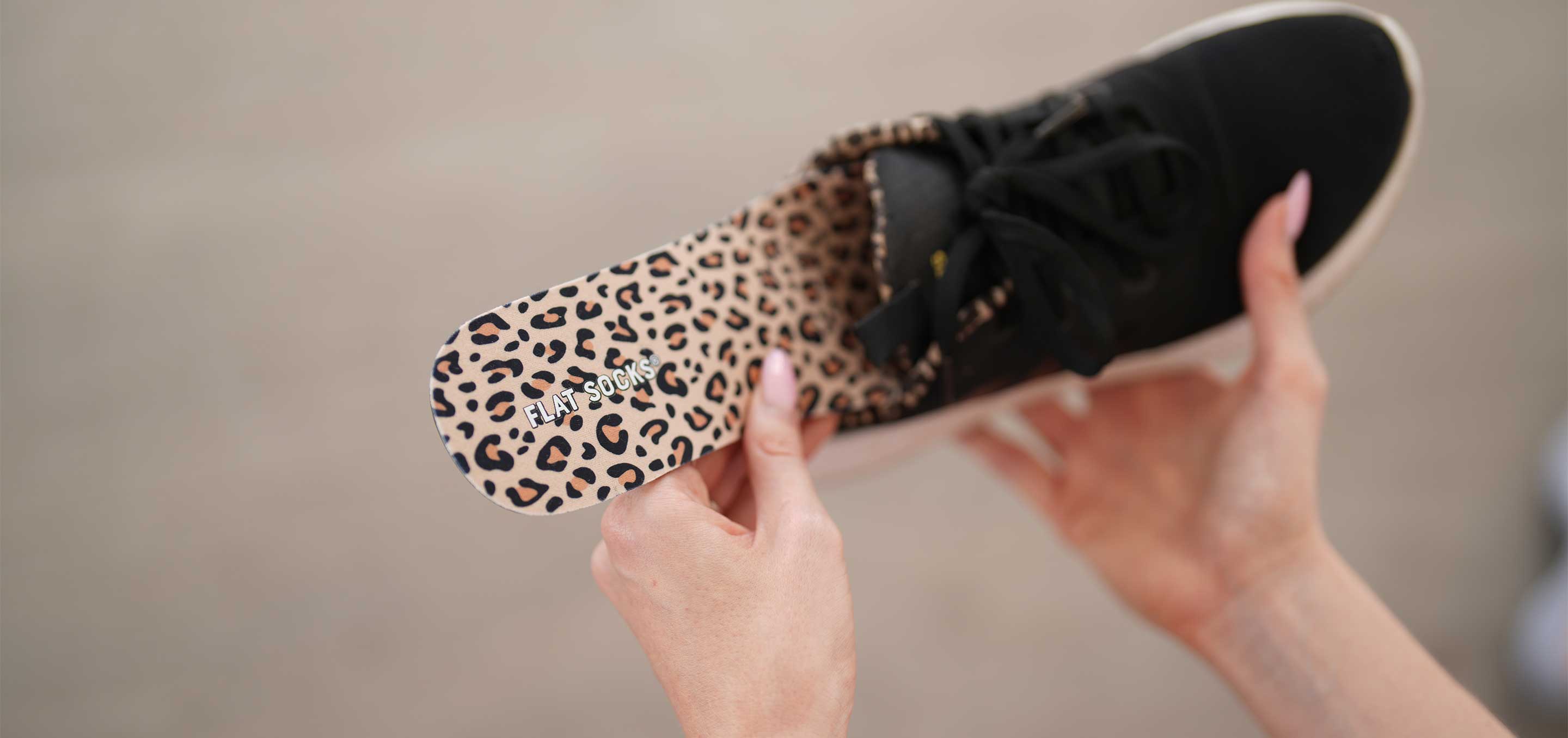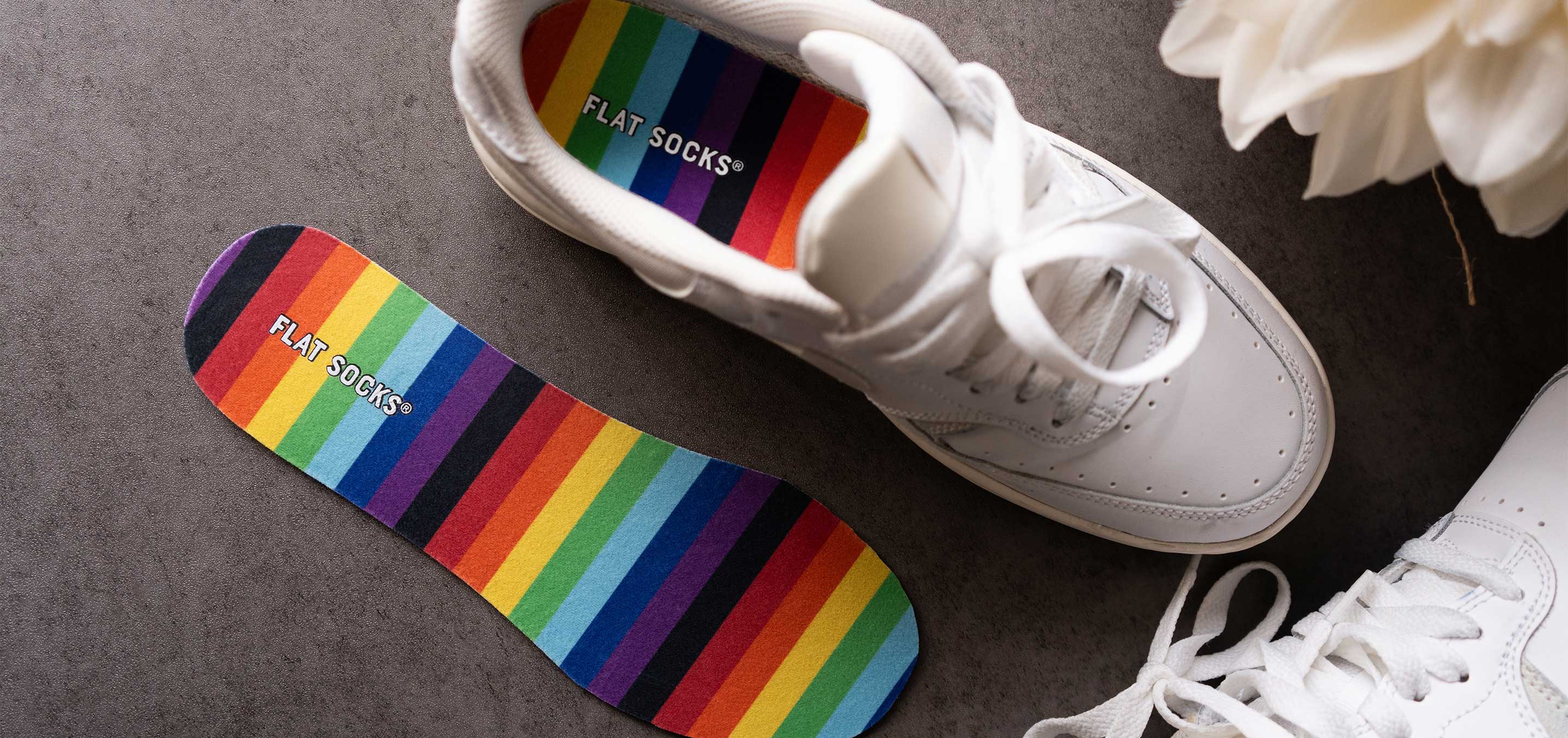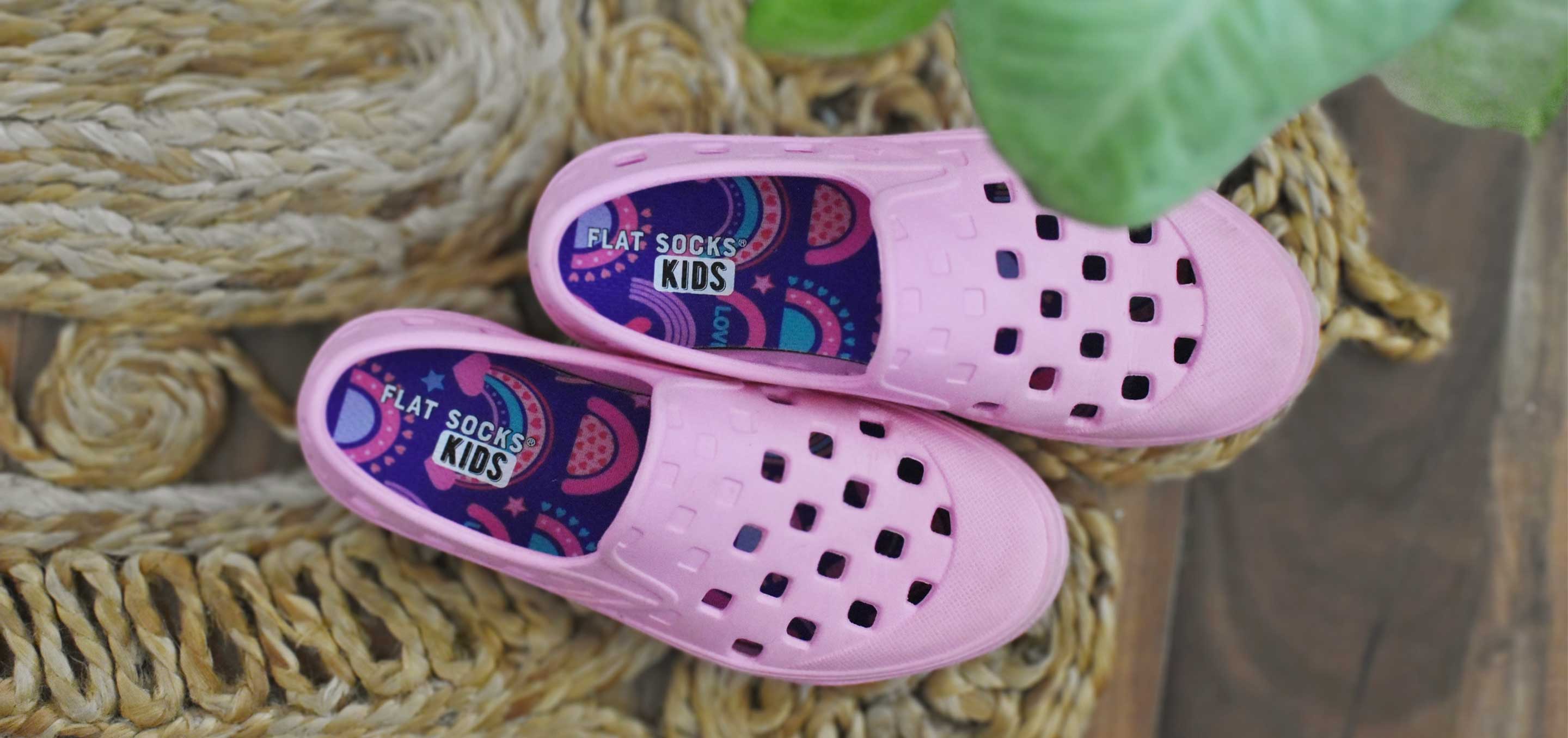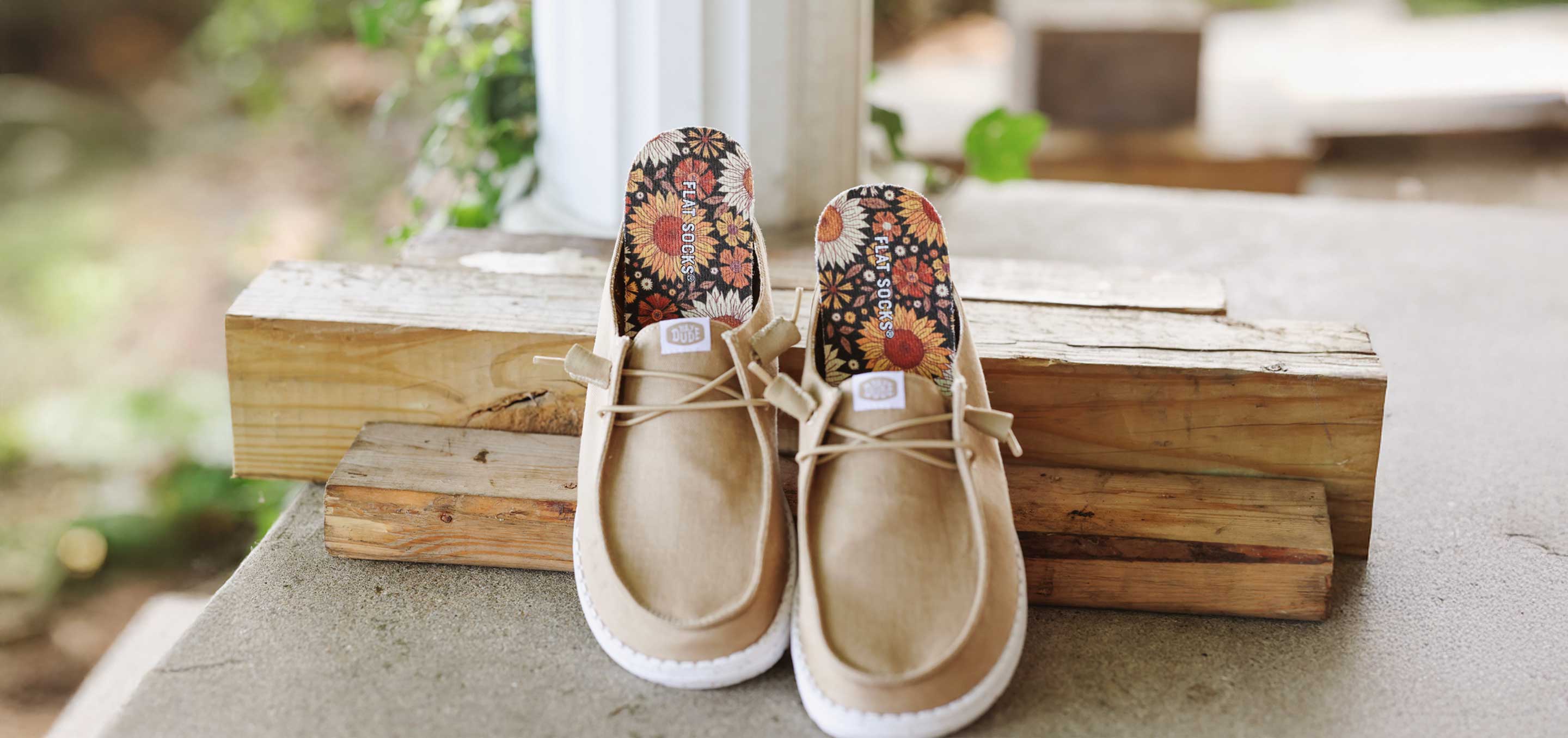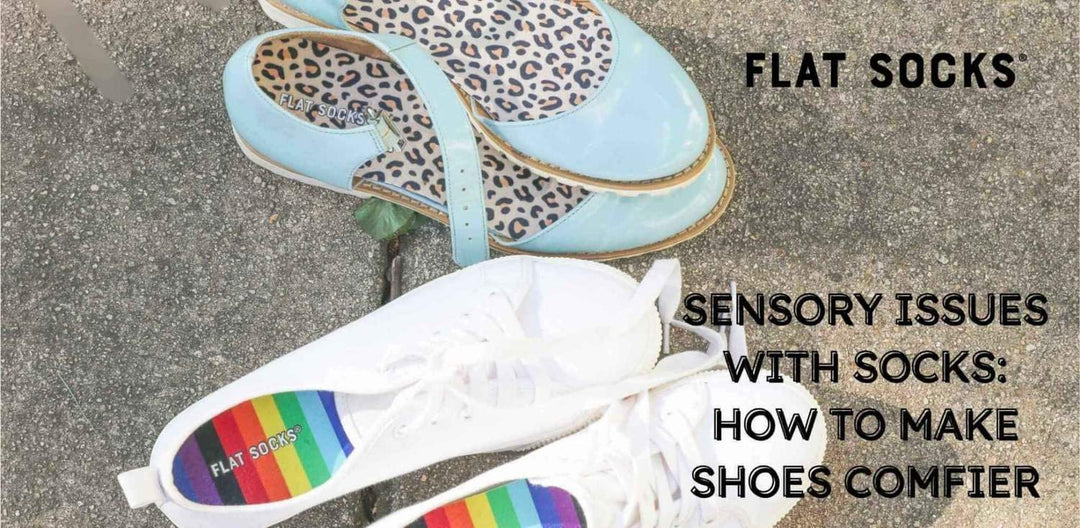Sensory Issues with Socks: How to Make Shoes Comfier
For most people, socks are an afterthought. You slip them on, lace up your shoes, and move on with your day. But for those with sensory sensitivities, socks can feel like a constant distraction. Seams dig in, fabric slips around, or elastic leaves uncomfortable marks. What seems minor to some can make shoes unwearable for others.
If this sounds familiar, for yourself or your child, you’re not alone. Sensory preferences are more common than people realize, and finding the right solution can make getting dressed (and staying comfortable) so much easier.
Why Socks Can Be a Sensory Trigger
Seams and stitching are the biggest culprits. Even socks marketed as “seamless” often have some sort of join, and to sensitive feet, that little ridge can feel like a rock in your shoe. Elastic bands can also pinch or leave marks, while certain fabrics might feel scratchy or hold heat.
These challenges often show up in kids with sensory processing disorder or autism, but plenty of adults deal with them, too. And while some grin and bear it, others find themselves constantly adjusting socks throughout the day just to stay comfortable.

Tips for Finding Sensory-Friendly Socks
If you prefer to stick with socks, the right kind can make all the difference. Look for seamless styles that smooth out the toe area and eliminate bulky stitching. Fabrics matter, too: cotton and microfiber blends tend to feel softer and more breathable, while moisture-wicking synthetics help keep feet dry. For many adults, switching to sensory friendly socks with gentle cuffs or cuff-free designs is a game-changer.
For kids, socks marketed as autism-friendly are built with extra care. They avoid itchy textures, skip the tight elastic, and help mornings run more smoothly. The less attention socks demand, the better the day goes.
Beyond Socks: Alternatives for Sensory Comfort
Sometimes, even the best socks aren’t enough. That’s when it helps to think outside the (sock) drawer. Flat Socks offer a different approach: a cushioned no-show sock that sits directly inside your shoes, with all the benefits of socks with seams nd none of the frustration.
Flat Socks are moisture-wicking, washable, and grippy enough to stay in place. There are no seams to rub, no elastic to pinch, and nothing to slip down or bunch up. For adults, that means shoes stay comfortable without the distractions of fabric. For kids, it can mean skipping the daily fight over socks entirely.
Other Ways to Make Shoes More Comfortable
Of course, socks aren’t the only factor when it comes to shoe comfort. The shoes themselves matter just as much.
Breaking in new shoes gradually can help reduce irritation. Choosing pairs with wider toe boxes leaves room for natural movement, and breathable materials like mesh keep feet cooler. If you notice shoes slipping, adding an insole can create a snugger fit and reduce friction. In other words, it’s not just about what’s on your feet, it’s also about what’s under them.
For Kids: Reducing Sock and Shoe Struggles
Mornings can be especially tricky when socks become a source of stress. Parents often find themselves negotiating, coaxing, or even carrying extra pairs in their bag just in case. A few small adjustments can help:
- Offer sensory-friendly options so kids can choose what feels best.
- Try sock-free alternatives like Flat Socks Kids for days when socks just won’t work.
- Pair new solutions with shoes your child already likes to make the transition easier.
Less fuss over socks means more energy left for the day ahead.
Finding What Works Best
The truth is, there isn’t one perfect solution. Some people thrive with seamless sensory socks, while others find freedom in going sock-free. What matters most is experimenting to see what feels right for your feet or your child’s. Shoes should support comfort, not create stress. Whether that means softer seams, no seams at all, or alternatives like Flat Socks, the goal is simple: shoes that feel good enough to forget about.
Comfort doesn’t have to be complicated. It just takes finding what works best for your feet, so you can get on with the more important things like actually enjoying the walk.
Sensory Friendly Socks FAQs
Q: What are sensory friendly socks, and how do they help?
A: They’re designed to reduce irritation by minimizing seams, using soft fabrics, and avoiding tight elastic. Perfect for those sensitive to texture.
Q: Are there sensory friendly socks for adults as well as kids?
A: Yes. Many brands offer sensory friendly socks for adults, not just children. Adults often prefer seamless or cuffless designs.
Q: What makes autism-friendly socks different from regular socks?
A: Autism-friendly socks focus on comfort: flat seams, soft textures, and gentle construction to reduce sensory triggers.
Q: How do seamless sensory socks improve comfort?
A: By reducing or eliminating bulky seams, seamless sensory socks feel smoother inside shoes and help prevent rubbing.
Q: Are there alternatives to socks for sensory issues?
A: Yes. Flat Socks provide sock-like comfort without seams, slipping, or fabric, making them ideal for sensory sensitivities.




